Astros bullpen WHIP+: The Good, the Bad and the Ugly

In this article we’ll take a look at the Houston Astros‘ bullpen’s WHIP+ numbers and key in on where we can expect improvement, or regression, in 2022. The first part, starters, along with an explanation of why I believe it’s an important statistic.
There are some surprising numbers in the Astros’ bullpen’s WHIP+, too.
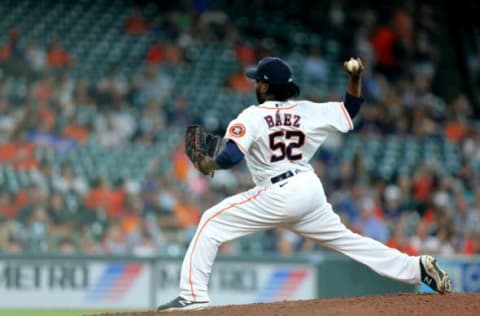
Pedro Baez – 53
Injuries limited Pedro Baez to 4.1 innings in 2021, but I included him here because there’s a chance he plays a bigger role in 2021. Obviously, his WHIP+ won’t be 53 if he does and there are questions as to whether his velocity will return. That said, a lifetime WHIP of 1.091 over 360 innings is worth taking a chance on.
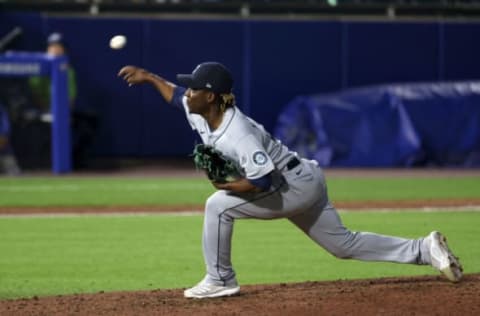
Rafael Montero – 64
Rafael Montero only made four appearances totaling six innings after the trade from Seattle, in what was thought to be a throw-in as Montero had been designated for assignment by the Mariners.
Turns out Kendall Graveman has moved on and Montero remains with the Astros and could be a bullpen piece in 2022. Montero’s career statistics don’t show an obvious reason for the faith as his lifetime WHIP is 1.561, he’s given up more than a hit per inning and 4.3 walks per nine innings.
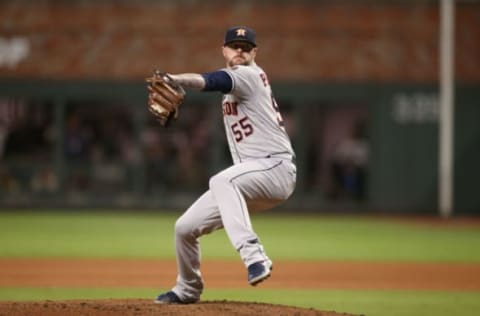
Ryan Pressly – 74
Ryan Pressly finished 2021 with a WHIP of 0.97, the second lowest of his career (0.90 in 2018 in a non-closer role). With the exception of the pandemic shortened 2020 season, Pressly has consistently given up lower than a hit per inning as an Astro, but the key to the lower WHIP has been his base on balls rate.
With the Twins he was consistently in the mid to upper twos, but with the Astros he has been at two flat or lower (with the exception of 2020).

Hector Neris – 91
Hector Neris’ numbers were accumulated as a member of the 2021 Philadelphia Phillies, where he collected 12 saves in 19 opportunities and finished with a 3.63 ERA in 74 appearances. Neris is a strikeout pitcher (11.9 per nine innings) that walks his share (3.9 per nine). Another concern is the peripherals show a lot of his fly balls turn into home runs.
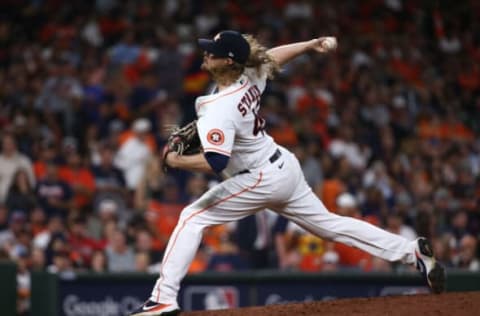
Ryne Stanek – 93
What could Ryne Stanek be if he didn’t walk 4.9 batters per nine innings as he did in 2021? We may never know as that has been a problem all of his career. Stanek gave up a career low (tied with 2018) 6.1 hits per nine innings last season, but struggled with control.
I’m not confident that will improve moving forward as that’s what his career has been – relatively few hits (seven per nine innings), high strikeouts (10.9 per nine) and walks (4.6 per nine) over his 224 career appearances.
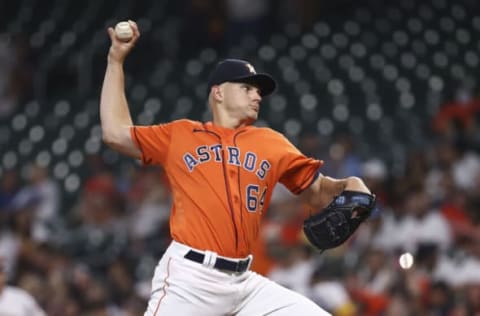
Brandon Bielak – 101
Average. That sums up Brandon Bielak’s 2021 season from his 3-3 record to his 4.47 ERA (as a reliever).
Bielak is 25-years-old and only has 82 Major League innings under his belt, so there’s still time for improvement and he showed that in 2021, increasing strikeouts per nine innings, while decreasing both hits given up and walks per nine innings. The 2022 season could be a crucial year in Bielak’s career.
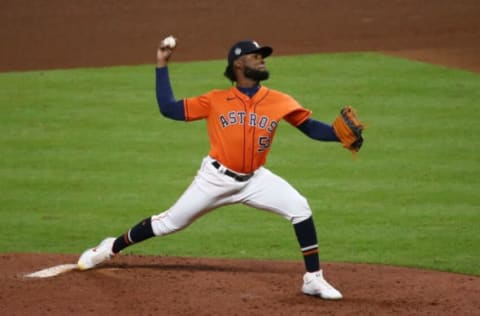
Cristian Javier – 102
The tale of two roles. Cristian Javier was good as a starter, registering a 79 WHIP+, but inconsistent as a reliever, where he tallied a 3.93 ERA, still didn’t give up many hits, but walked almost 5.5 batters per nine innings and gave up nine home runs in 52.2 innings.
Javier did strand 81.4% of runners so there’s that, but given the numbers in relief and Javier’s numbers as a starter it seems he’s more suited as a starter.
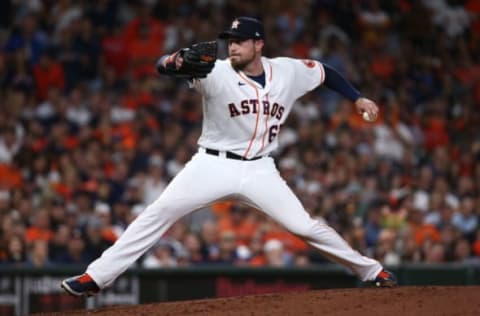
Blake Taylor – 108
Blake Taylor gave up eight hits and 4.64 walks per nine innings in 2021 and while the walks were down from his rookie year of 2020, that’s not a winning recipe and was a major factor in his 1.41 WHIP.
As a lefty, there’s a role for Taylor if he’s able to grab it and hold on, despite the three batter minimum. Taylor was also 0-for-5 in save opportunities in 2021.

Bryan Abreu – 113
Bryan Abreu is only 24-years-old, but it seems like his Astros career may be at a crossroads. His 36 innings of work makes for some nice symmetrical numbers: nine strikeouts per nine innings, along with 4.5 walks and a 5.75 ERA.
Abreu also hit three batters and gave up four home runs and went 1-for-5 in save opportunities. Abreu’s 1.472 WHIP is a long cry from his tantalizing debut in 2019 when he registered a WHIP of 0.808 in seven appearances.
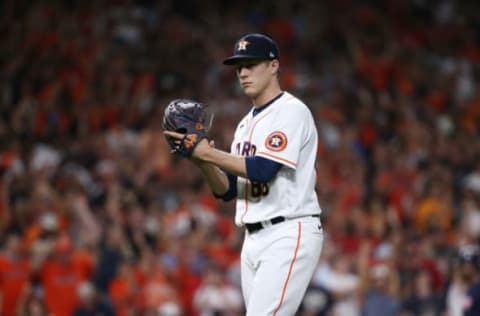
Phil Maton – 124
Anyone else surprised? Maybe it’s the playoff Phil Maton that’s stuck in my head. The one that gave up one run in 12.1 innings while striking out 14 and walking three that’s blocking out the regular season Maton had with the Astros.
The fact is the regular season Maton gave up more than a hit an inning, walked 4.3 per nine innings and had an ERA approaching five with a WHIP of 1.618. That’s where this number is derived from and with the postseason performance it makes you wonder what Maton the Astros see in 2022.
Next. Jeremy Pena Continues to Show Defensive Promise in LIDOM. dark